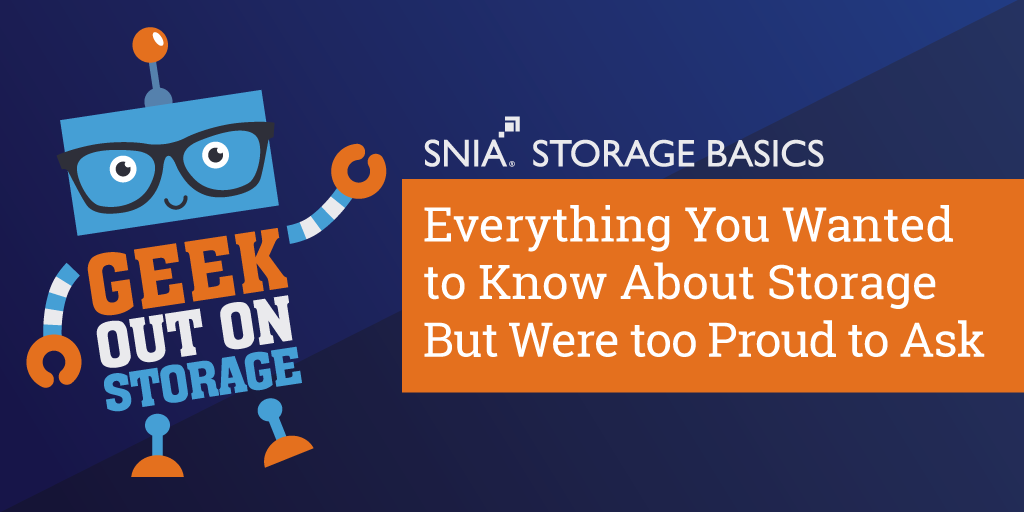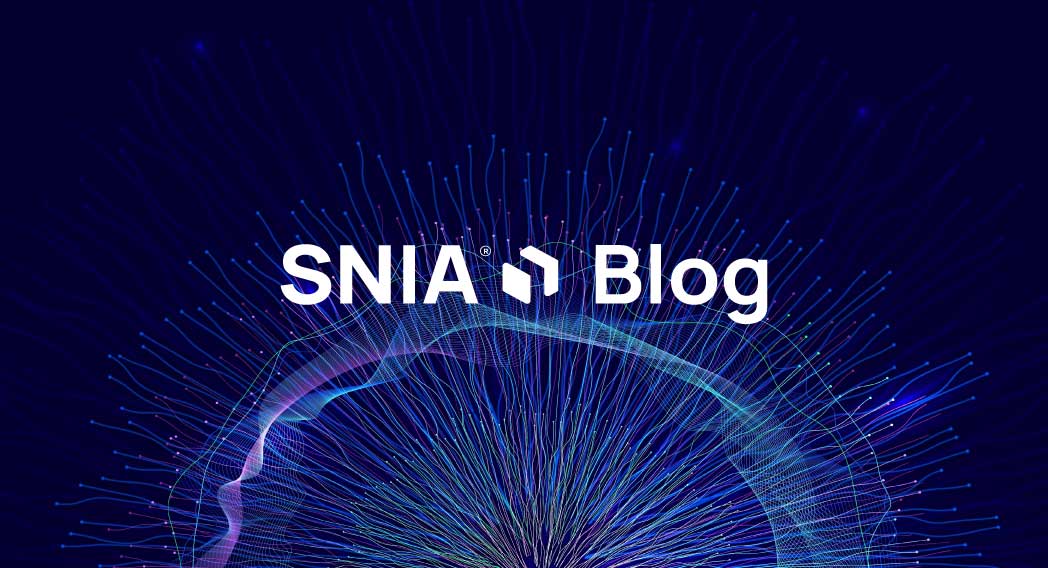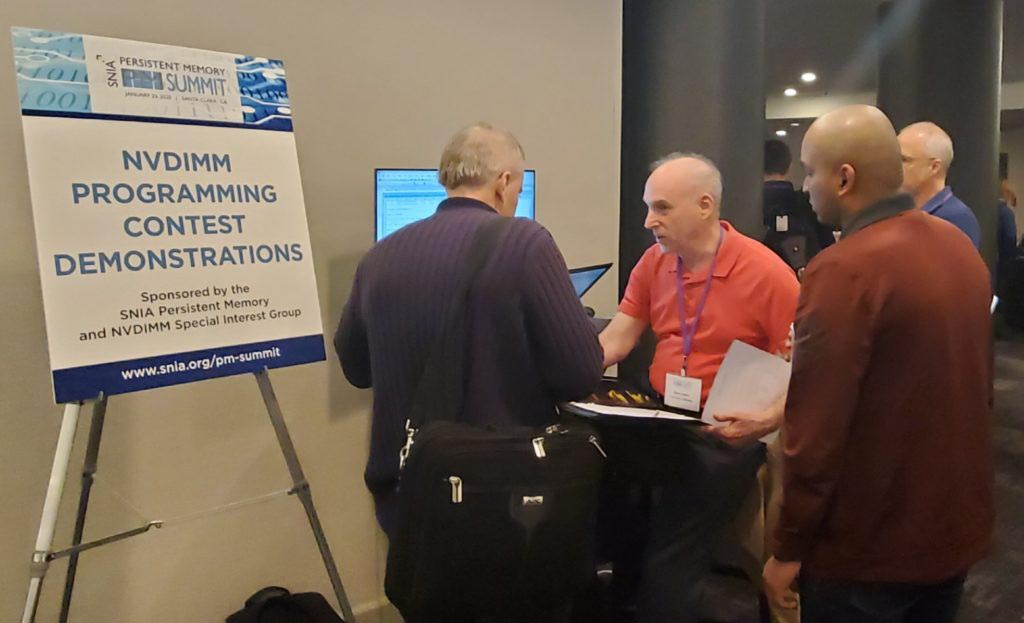 (NVMe-oF) now threatens to displace iSCSI for high-performance block storage access to flash storage. Simultaneously, the growing use of file and object storage poses a threat to both iSCSI and to Fibre Channel SANs.
How great is the risk to iSCSI? What does the future hold?
Find out in a recent Digitalisation World article by John F. Kim, Chair of the
SNIA Networking Storage Forum, “iSCSI
– Is it the Future of Cloud Storage or Doomed by NVMe-oF,” where John
outlines iSCSI advantages, limitations and growth prospects amid the high performance
and growing popularity of NVMe-oF. It’s an interesting read about what the
future may hold for this ubiquitous storage protocol.
(NVMe-oF) now threatens to displace iSCSI for high-performance block storage access to flash storage. Simultaneously, the growing use of file and object storage poses a threat to both iSCSI and to Fibre Channel SANs.
How great is the risk to iSCSI? What does the future hold?
Find out in a recent Digitalisation World article by John F. Kim, Chair of the
SNIA Networking Storage Forum, “iSCSI
– Is it the Future of Cloud Storage or Doomed by NVMe-oF,” where John
outlines iSCSI advantages, limitations and growth prospects amid the high performance
and growing popularity of NVMe-oF. It’s an interesting read about what the
future may hold for this ubiquitous storage protocol.
 (NVMe-oF) now threatens to displace iSCSI for high-performance block storage access to flash storage. Simultaneously, the growing use of file and object storage poses a threat to both iSCSI and to Fibre Channel SANs.
How great is the risk to iSCSI? What does the future hold?
Find out in a recent Digitalisation World article by John F. Kim, Chair of the
SNIA Networking Storage Forum, “iSCSI
– Is it the Future of Cloud Storage or Doomed by NVMe-oF,” where John
outlines iSCSI advantages, limitations and growth prospects amid the high performance
and growing popularity of NVMe-oF. It’s an interesting read about what the
future may hold for this ubiquitous storage protocol.
(NVMe-oF) now threatens to displace iSCSI for high-performance block storage access to flash storage. Simultaneously, the growing use of file and object storage poses a threat to both iSCSI and to Fibre Channel SANs.
How great is the risk to iSCSI? What does the future hold?
Find out in a recent Digitalisation World article by John F. Kim, Chair of the
SNIA Networking Storage Forum, “iSCSI
– Is it the Future of Cloud Storage or Doomed by NVMe-oF,” where John
outlines iSCSI advantages, limitations and growth prospects amid the high performance
and growing popularity of NVMe-oF. It’s an interesting read about what the
future may hold for this ubiquitous storage protocol.












 If you’re a storage equipment or management software vendor that uses SNIA’s Storage Management Initiative Specification (SMI-S) as the storage management interface for your solution, you’re not alone.
First introduced in 2004, SMI-S has been used in over 1,350 storage products by some of the largest vendors in the industry. It defines a secure and reliable interface that can be used to discover, monitor, and control the physical and logical devices in enterprise storage area networks. Unlike proprietary management interfaces, SMI-S is a standard interface that allows management applications to reliably support a wider range of storage equipment from multiple vendors.
SNIA recently approved
If you’re a storage equipment or management software vendor that uses SNIA’s Storage Management Initiative Specification (SMI-S) as the storage management interface for your solution, you’re not alone.
First introduced in 2004, SMI-S has been used in over 1,350 storage products by some of the largest vendors in the industry. It defines a secure and reliable interface that can be used to discover, monitor, and control the physical and logical devices in enterprise storage area networks. Unlike proprietary management interfaces, SMI-S is a standard interface that allows management applications to reliably support a wider range of storage equipment from multiple vendors.
SNIA recently approved 







Leave a Reply